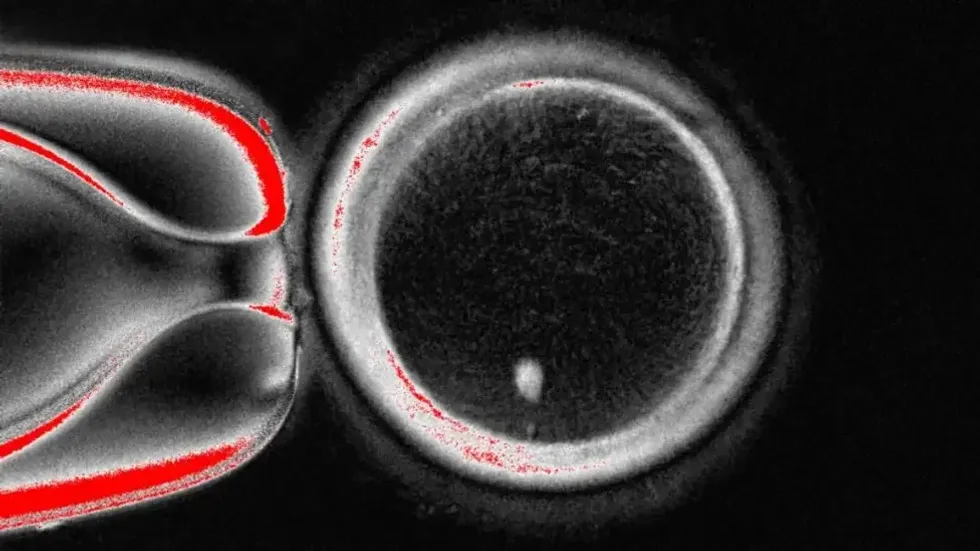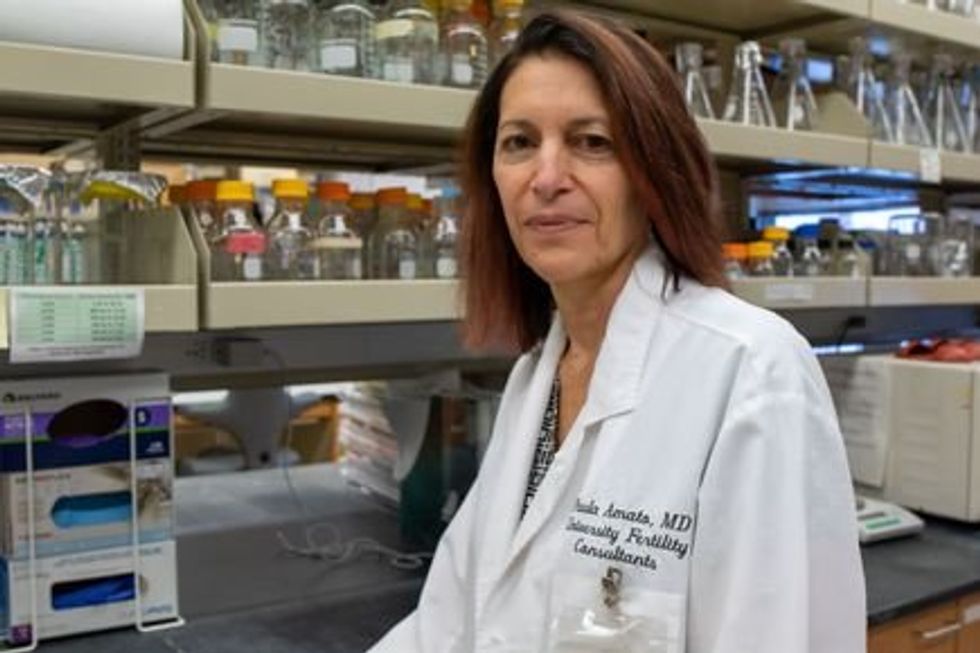Science breakthrough as babies could be born WITHOUT biological mothers

It could see two men have a baby without any DNA from a woman
Don't Miss
Most Read
Babies could be born without biological mothers as scientists have found a revolutionary way to create human eggs from skin cells.
The technique opens the door to DNA from a man's skin cells being placed inside a donor egg, before it is fertilised by another man.
It could allow for two men to have a baby without any DNA coming from a woman.
The breakthrough could help women experiencing problems with their eggs to have their own genetic children.
TRENDING
Stories
Videos
Your Say
Despite the findings, further research is required to ensure safety and efficacy before clinical trials can proceed.
However, experts have described the news as a "major advance".
"Many women are unable to have a family because they have lost their eggs, which can occur for a range of reasons including after cancer treatment," Deputy Director of MRC Centre for Reproductive Health at the University of Edinburgh, Professor Richard Anderson said.
Mr Anderson was not involved in the study.

The large circle is the egg viewed under a microscope
|OHSU
"The ability to generate new eggs would be a major advance," he added.
"This study shows that the genetic material from skin cells can be used to generate an egg–like cell with the right number of chromosomes to be fertilised and develop into an early embryo."
Mr Anderson said it will be very important for safety concerns to be taken into account.
However, he added it was a "step towards helping many women have their own genetic children".

Paula Amato, M.D, is one of the researchers of the study
|OHSU
For some couples who are struggling to conceive, they turn to virto fertilisation (IVF) as an alternative option.
It sees the egg fertilised by sperm in a lab and the embryo is then placed in the woman's uterus.
But, if there's a problem with the egg itself, IVF can be unsuccessful.
While standard eggs have half the usual number of chromosomes with 23, cells generated from skin cells have double the amount.
It has seen a method to remove this extra set of chromosomes developed and tested in mice - however, it has yet to be tested on humans.
The team in the new study has resolved the issue by inducing a process called "mitomeiosis".
"(Mitomeiosis) mimics natural cell division and causes one set of chromosomes to be discarded, leaving a functional gamete," the researchers explained in a statement.
The researches were able to produce 82 functional eggs during tests which used the process.
The eggs were then fertilised in a lab.
About nine per cent went on to develop the blastocyst stage of embryo development.
But the researches have noted several limitations with their study.
They said the majority - 91 per cent - had not progressed beyond fertilisation.











